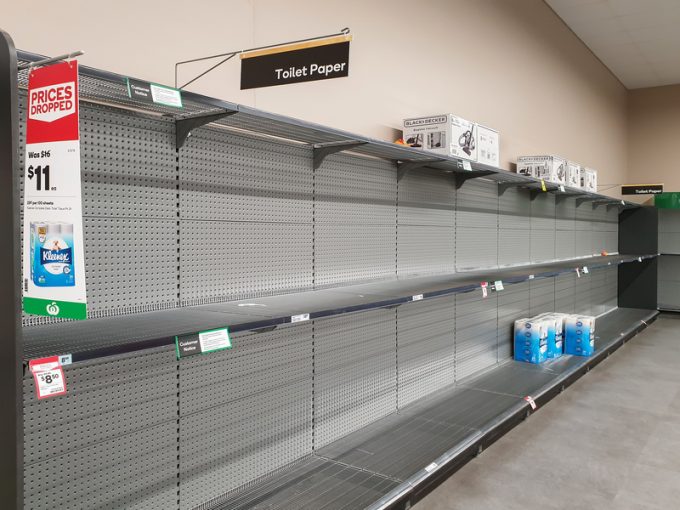TT Club: Acting on climate change
The predicted impacts on ports and waterways of climate change present real risks to local, ...

Covid-19 has renewed focus on supply chain resilience, but despite two-thirds of companies experiencing supply chain disruption, in the past decade only half of them have taken any measures to build resilience.
A report published last week by 3D Hubs found that more than 96% of global companies are planning to make resilience a key aspect of their supply chains, although more than half have yet to do so.
Nearly 60% of the respondents to the survey are looking to geographic diversification.
“Because the coronavirus pandemic is one of the first examples where manufacturing capacity has been affected simultaneously worldwide, it’s an illuminating case study on the consequences of concentrated vs distributed manufacturing,” notes the report.
“The crisis highlighted the shortcomings of single-source manufacturing, whereby one sole vendor is selected to produce a component part, or sometimes an entire product. The prevalence of chokepoints became very apparent as shutdowns rolled across the world and the manufacturing bases in a particular country became idle.
“Many companies faced immediate loss of supply when China began isolating in many parts of the country, with no alternatives.”
Resilience is becoming a top priority as a result. But the paper warns that supply chain disruptions come in many forms, with many different triggers – and some are viewed as more significant than others.
“Natural disasters and trade wars (ie, geopolitical issues) were ranked in the top three most disruptive events, but the reality of cyberattacks disrupting businesses is disproportionate to the level of concern.
“A mere 9% of companies actually experienced a cyberattack in the past ten years, despite 44% expressing their concern for data security or IT incidents in 2017.
“In 2019, 25% of companies experienced four or more cyber attacks in a year, with an average cost of $13m per incident. Security breaches have risen 67% in the past five years, averaging 145 breaches per organisation.
“Cybercriminals have moved past stealing information and are now targeting industrial control systems and other core systems. Holding technology assets for ransom is a growing trend.”
3D Hub’s report makes three recommendations for companies looking to build resilience. The first is autonomy, via automation.
“Internally, automation reduces your reliance on manual labour, which is particularly advantageous if production plants are forced to go into full lockdown — a case we saw occur during the beginning of the coronavirus. Companies which have deployed robotic process automation found they can execute processes five to 10 times faster with 37% fewer resources on average.
“Externally, by reducing links in the supply chain and increasing the speed of outsourced production, companies have more manoeuvrability and can react and adapt more quickly to disruptive circumstances.”
The second is flexibility and diversification.
“Don’t rely on a select number of suppliers, or even on a certain geography where all your suppliers are based. As we’ve seen during the height of the coronavirus pandemic, entire countries or regions can be affected by disruption with zero supply capacity. Instead, focus on diversifying your supply. Build a quality-vetted, geographically distributed network of engaged suppliers that you can rely on to take on more capacity when needed.”
Visibility is the third pillar.
“A lot of companies only monitor tier one or two suppliers, but this doesn’t paint the whole picture. Delays caused by deeper tier suppliers, or even a lack of raw materials, can cause disruption throughout your entire supply chain. By closely monitoring suppliers across all tiers, you’ll be able to spot any warning signs well before the consequences of a disruption take effect. However, monitoring your supply chain from the raw materials to the finished product can be a complex and lengthy process. This may explain why this approach was the least popular according to our survey, with 27% of respondents selecting increasing transparency in the supply chain as an effective measure to reduce the effects of supply disruptions. Thankfully, the complicated monitoring process has become a lot easier thanks to supply chain monitoring software.”
You can read the full report here.
Comment on this article